Home>Furniture & Design>Outdoor Furniture>When Do Outdoor Faucets Freeze
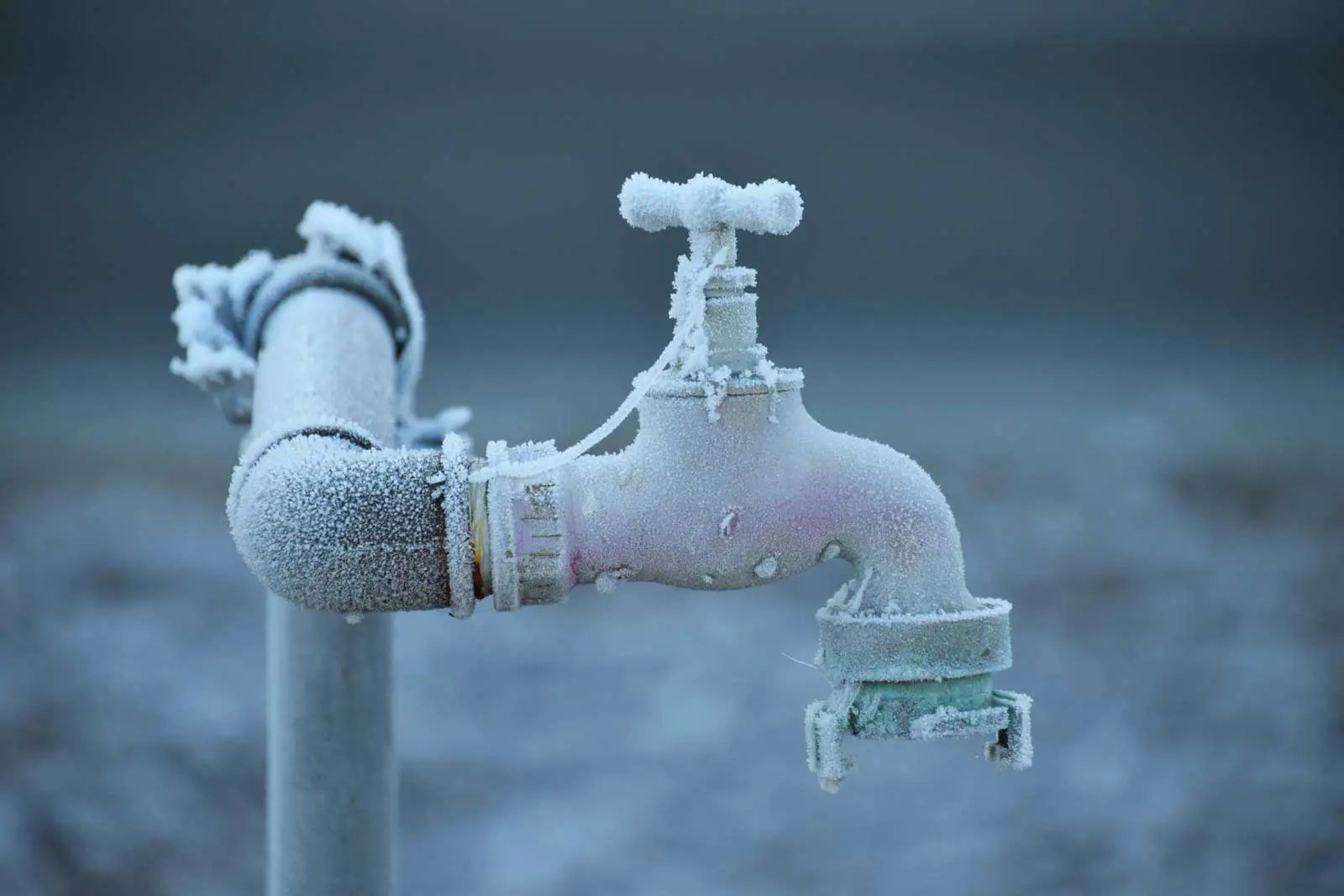

Outdoor Furniture
When Do Outdoor Faucets Freeze
Modified: October 20, 2024
Learn when outdoor faucets freeze and how to protect them. Get expert tips on preventing freeze damage to your outdoor furniture and design.
(Many of the links in this article redirect to a specific reviewed product. Your purchase of these products through affiliate links helps to generate commission for Storables.com, at no extra cost. Learn more)
Introduction
When the temperatures drop and winter sets in, outdoor faucets face the risk of freezing, leading to potential plumbing issues and water damage. Understanding the factors that contribute to frozen outdoor faucets, recognizing the signs of freezing, and implementing preventive measures are essential for homeowners and property managers. This article delves into the intricacies of outdoor faucets, shedding light on the factors that cause freezing, signs of frozen faucets, and effective strategies to prevent and thaw them. By gaining insights into these aspects, you can safeguard your outdoor faucets and ensure uninterrupted water supply, even during the coldest months.
Key Takeaways:
- Protect outdoor faucets from freezing by insulating, draining, and using heat tape. Recognize signs of frozen faucets, and thaw them cautiously to prevent damage and ensure uninterrupted water supply.
- Understanding outdoor faucets and implementing preventive measures can safeguard against frozen faucets, preventing costly repairs and water damage. Take proactive steps to care for outdoor plumbing fixtures.
Understanding Outdoor Faucets
Outdoor faucets, also known as hose bibs or spigots, are essential fixtures that provide water for various outdoor activities, including gardening, car washing, and lawn maintenance. These faucets are typically connected to the main water supply line of a property and are designed to withstand exposure to the elements. However, despite their sturdy construction, outdoor faucets are susceptible to freezing when temperatures plummet.
Outdoor faucets are commonly made of metal or plastic and feature a valve that controls the flow of water. The portion of the faucet that extends outside the building is particularly vulnerable to freezing, as it is exposed to the cold air. When water within the faucet and connecting pipes freezes, it expands, exerting immense pressure on the plumbing system and potentially causing pipes to burst. This can lead to extensive water damage and costly repairs.
Understanding the anatomy of outdoor faucets is crucial for identifying vulnerable areas that are prone to freezing. By familiarizing yourself with the structure of these fixtures, you can take proactive measures to protect them from the adverse effects of cold weather. Additionally, being aware of the factors that contribute to freezing is essential for effectively addressing this common winter problem.
Factors Affecting Freezing
Several factors contribute to the freezing of outdoor faucets, posing a risk to the integrity of the plumbing system. Understanding these factors is instrumental in devising comprehensive strategies to prevent freezing and mitigate potential damage. The following elements play a significant role in the likelihood of outdoor faucets freezing:
- Temperature Fluctuations: Rapid fluctuations in temperature, especially when accompanied by sub-zero conditions, can expedite the freezing of outdoor faucets. Sudden drops in temperature can catch residual water in the pipes off guard, leading to swift freezing and potential damage.
- Poor Insulation: Inadequate insulation around outdoor faucets and exposed pipes leaves them vulnerable to the penetrating cold. Insufficient insulation fails to shield the fixtures from frigid temperatures, increasing the risk of freezing.
- Proximity to Cold Surfaces: Outdoor faucets located in close proximity to cold surfaces, such as exterior walls or unheated spaces, are more susceptible to freezing. These surfaces can leach heat from the faucets, causing the water within to freeze more readily.
- Residual Water: Even a small amount of residual water left in the outdoor faucet or connecting pipes can lead to freezing. This water can solidify when temperatures plummet, potentially causing blockages and damage to the plumbing system.
- Length of Exposure: Prolonged exposure to freezing temperatures increases the likelihood of outdoor faucets freezing. Extended periods of cold weather can gradually lower the temperature of the fixtures and surrounding pipes, making them susceptible to freezing.
By taking these factors into account, homeowners and property managers can assess the vulnerability of their outdoor faucets and implement targeted measures to safeguard them from freezing. Addressing these factors through proactive insulation, maintenance, and preventive strategies is pivotal in preventing the detrimental effects of frozen outdoor faucets.
Signs of Frozen Outdoor Faucets
Recognizing the signs of frozen outdoor faucets is crucial for taking prompt action to prevent potential damage and plumbing issues. When outdoor faucets freeze, they exhibit several telltale signs that can alert homeowners and property managers to the presence of frozen plumbing fixtures. Being able to identify these signs enables individuals to initiate the thawing process and prevent further complications. The following are common indicators of frozen outdoor faucets:
- Lack of Water Flow: One of the primary indicators of a frozen outdoor faucet is the absence of water flow when attempting to turn on the fixture. If no water or only a minimal amount trickles out of the faucet, it may indicate that the water within the pipes has frozen, obstructing the flow.
- Unusual Sounds: When attempting to use a frozen outdoor faucet, you may hear unusual sounds, such as gurgling or vibrating, emanating from the plumbing system. These sounds result from the pressure exerted by the frozen water within the pipes and can serve as warning signs of a potential freeze.
- Frost or Ice Accumulation: Visible frost or ice accumulation on the exterior of the faucet or along the connecting pipes is a clear indication of freezing. The presence of frost or ice signifies that the water within the plumbing system has solidified, necessitating immediate attention to prevent further damage.
- Unresponsive Valve: In some cases, the valve of a frozen outdoor faucet may become unresponsive or difficult to operate. Attempting to turn the valve may result in stiffness or resistance, indicating that the water within the fixture has frozen, impeding its normal function.
By remaining vigilant for these signs, homeowners and property managers can promptly address the issue of frozen outdoor faucets, preventing potential damage to the plumbing system and mitigating the risk of burst pipes. Recognizing these indicators empowers individuals to take proactive measures to thaw the faucets and implement preventive strategies to safeguard against future freezing incidents.
To prevent outdoor faucets from freezing, disconnect and drain hoses before the temperature drops below freezing. Install insulated faucet covers and consider adding a heat tape to the pipes for extra protection.
Preventing Outdoor Faucets from Freezing
Implementing proactive measures to prevent outdoor faucets from freezing is essential for safeguarding the plumbing system and ensuring uninterrupted access to water, especially during the winter months. By employing effective preventive strategies, homeowners and property managers can mitigate the risk of frozen outdoor faucets and avert potential damage. The following measures are instrumental in preventing outdoor faucets from freezing:
- Insulation: Properly insulating outdoor faucets and exposed pipes is crucial for protecting them from freezing. Utilizing insulation materials, such as foam covers or insulating tape, helps retain heat and prevent the rapid cooling of the fixtures, reducing the likelihood of freezing.
- Draining the Faucets: Before the onset of freezing temperatures, it is advisable to drain outdoor faucets and disconnect hoses to remove residual water. This minimizes the risk of water freezing within the fixtures and connecting pipes, mitigating the potential for damage.
- Heat Tape: Installing heat tape or heat cables along outdoor faucets and exposed pipes provides an additional layer of protection against freezing. Heat tape helps maintain a consistent temperature, preventing the formation of ice within the plumbing system.
- Shut-off Valves: Utilizing shut-off valves to isolate outdoor faucets from the main water supply during periods of inactivity can prevent water from entering the exposed fixtures, reducing the risk of freezing.
- Warm Air Circulation: Promoting warm air circulation around outdoor faucets by keeping cabinet doors open and allowing heat to reach the plumbing fixtures helps prevent rapid cooling and freezing.
- Exterior Wall Sealing: Sealing gaps and cracks in exterior walls near outdoor faucets helps minimize exposure to cold air, reducing the risk of freezing. Weather-stripping and caulking are effective in sealing these areas.
By diligently implementing these preventive measures, homeowners and property managers can fortify their outdoor faucets against freezing, ensuring the continued functionality of the plumbing system, even in the face of harsh winter conditions. Proactive prevention not only safeguards against the inconvenience of frozen outdoor faucets but also mitigates the potential for costly repairs and water damage.
Thawing Frozen Outdoor Faucets
When faced with frozen outdoor faucets, swift and cautious thawing is essential to prevent potential damage to the plumbing system and restore the flow of water. Employing appropriate thawing techniques can effectively address the issue of frozen fixtures, enabling homeowners and property managers to mitigate the risk of burst pipes and related complications. The following methods are recommended for safely thawing frozen outdoor faucets:
- Apply Heat: Using a hairdryer, heat gun, or infrared lamp, carefully apply heat to the frozen outdoor faucet and surrounding pipes. Begin the thawing process at the faucet and work your way along the length of the exposed pipes, ensuring consistent and gradual application of heat.
- Warm Towels or Rags: Wrapping warm towels or rags around the frozen outdoor faucet and pipes can help gradually raise the temperature and facilitate the thawing process. Replace the towels as they cool to maintain a steady application of warmth.
- Hot Water Soak: Gently pouring warm water over the frozen faucet and pipes can aid in thawing the ice. It is important to use water that is not boiling to avoid thermal shock and potential damage to the plumbing fixtures.
- Portable Space Heater: Placing a portable space heater near the frozen outdoor faucet and allowing warm air to circulate around the fixture can expedite the thawing process. Exercise caution when using space heaters to prevent fire hazards and ensure proper ventilation.
- Open Faucet Valve: Once the thawing process commences, open the faucet valve to allow water to flow as the ice melts. This relieves pressure within the plumbing system and facilitates the gradual restoration of water flow.
It is crucial to exercise patience and avoid using direct, high-intensity heat sources, such as blowtorches or open flames, as they can pose fire hazards and damage the plumbing fixtures. Additionally, refraining from forcefully attempting to operate a frozen faucet is essential to prevent damage to the valve and connecting pipes. By employing these thawing methods with care and precision, individuals can effectively address the issue of frozen outdoor faucets and restore their functionality without compromising the integrity of the plumbing system.
Conclusion
Understanding the dynamics of outdoor faucets and the factors that contribute to freezing is essential for homeowners and property managers seeking to protect their plumbing system from the detrimental effects of cold weather. By recognizing the signs of frozen outdoor faucets and implementing preventive measures, individuals can mitigate the risk of burst pipes and water damage, ensuring the continued functionality of their outdoor water fixtures.
Proactive insulation, draining residual water, and utilizing heat tape are pivotal in preventing outdoor faucets from freezing, while promoting warm air circulation and sealing exterior wall gaps further fortifies these fixtures against the harsh impact of winter temperatures. In the event of frozen outdoor faucets, employing cautious thawing methods, such as applying heat gradually and using warm towels, facilitates the restoration of water flow without compromising the integrity of the plumbing system.
By integrating these insights into their maintenance routines, homeowners and property managers can safeguard their outdoor faucets and uphold the accessibility of water, even during the coldest months. Taking a proactive approach to outdoor faucet care not only averts the inconvenience of frozen fixtures but also mitigates the potential for costly repairs and water-related damage, ensuring a seamless and uninterrupted water supply throughout the year.
Armed with a comprehensive understanding of outdoor faucets and equipped with effective preventive and thawing strategies, individuals can navigate the challenges of winter weather with confidence, preserving the functionality and longevity of their outdoor plumbing fixtures.
Frequently Asked Questions about When Do Outdoor Faucets Freeze
Was this page helpful?
At Storables.com, we guarantee accurate and reliable information. Our content, validated by Expert Board Contributors, is crafted following stringent Editorial Policies. We're committed to providing you with well-researched, expert-backed insights for all your informational needs.
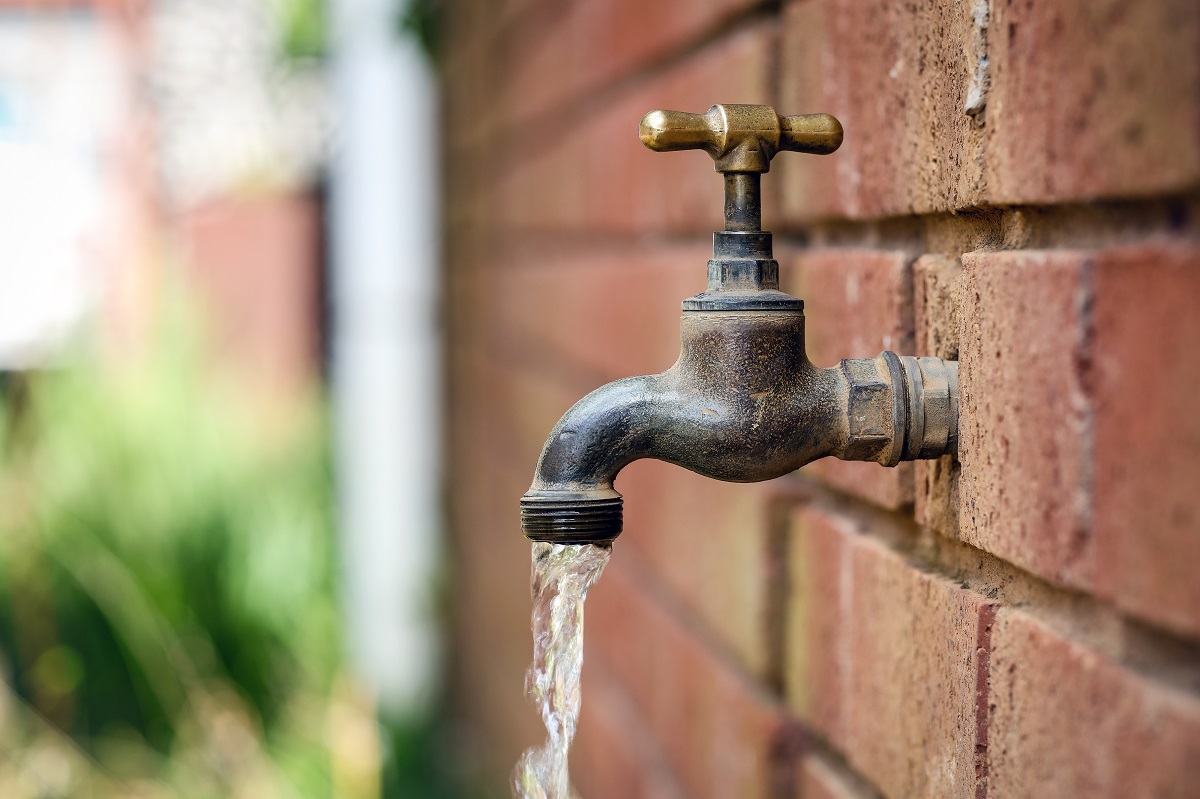
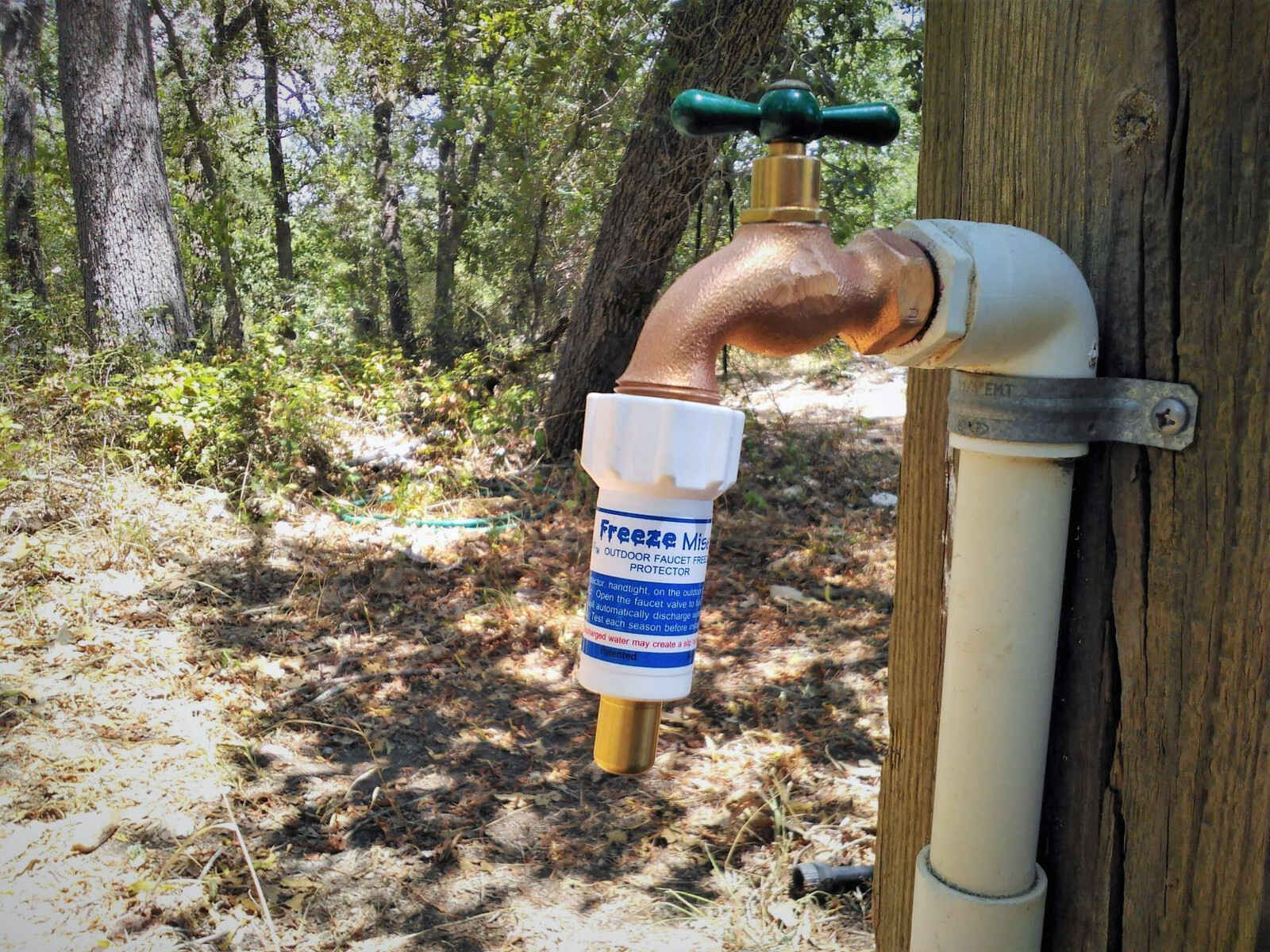
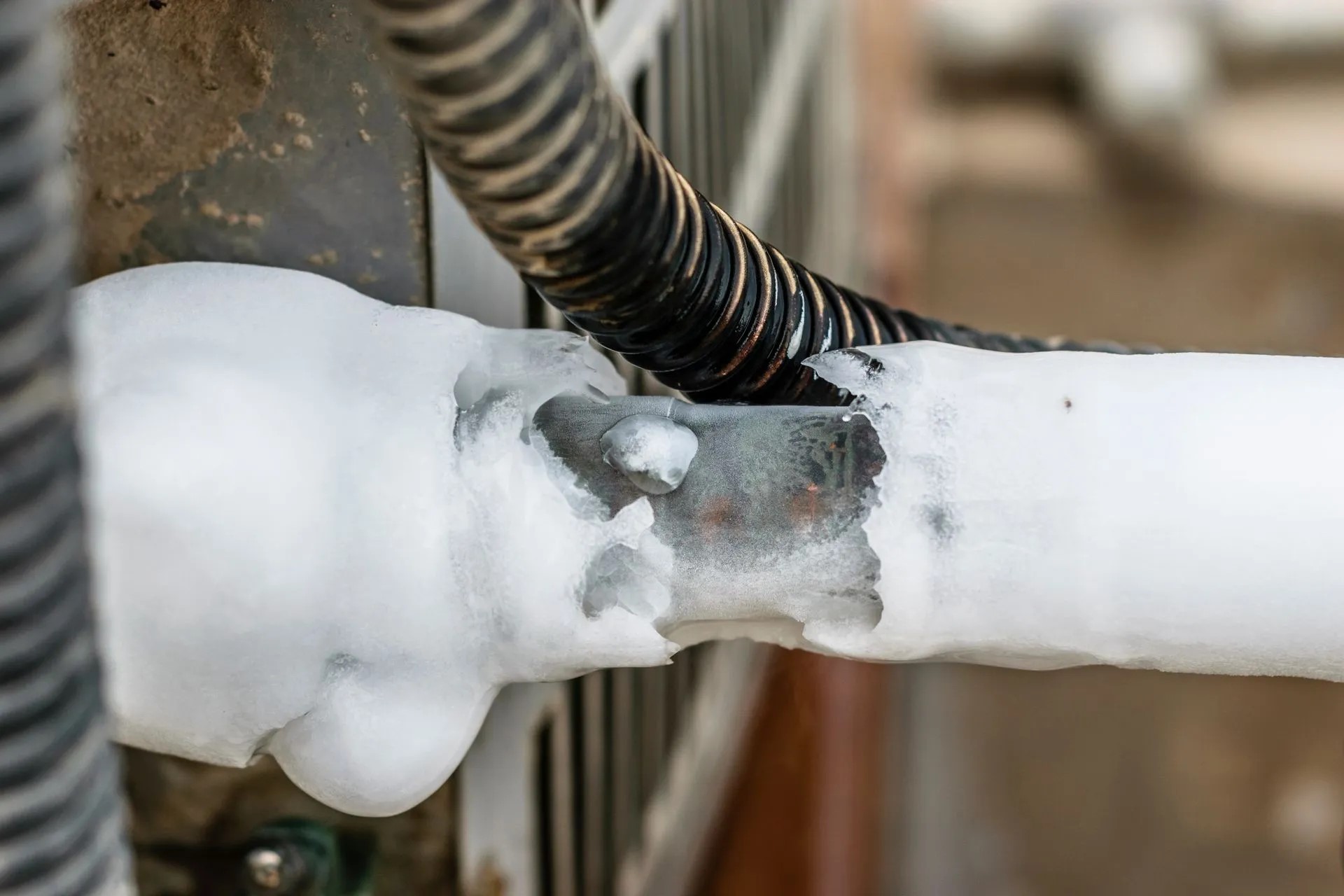
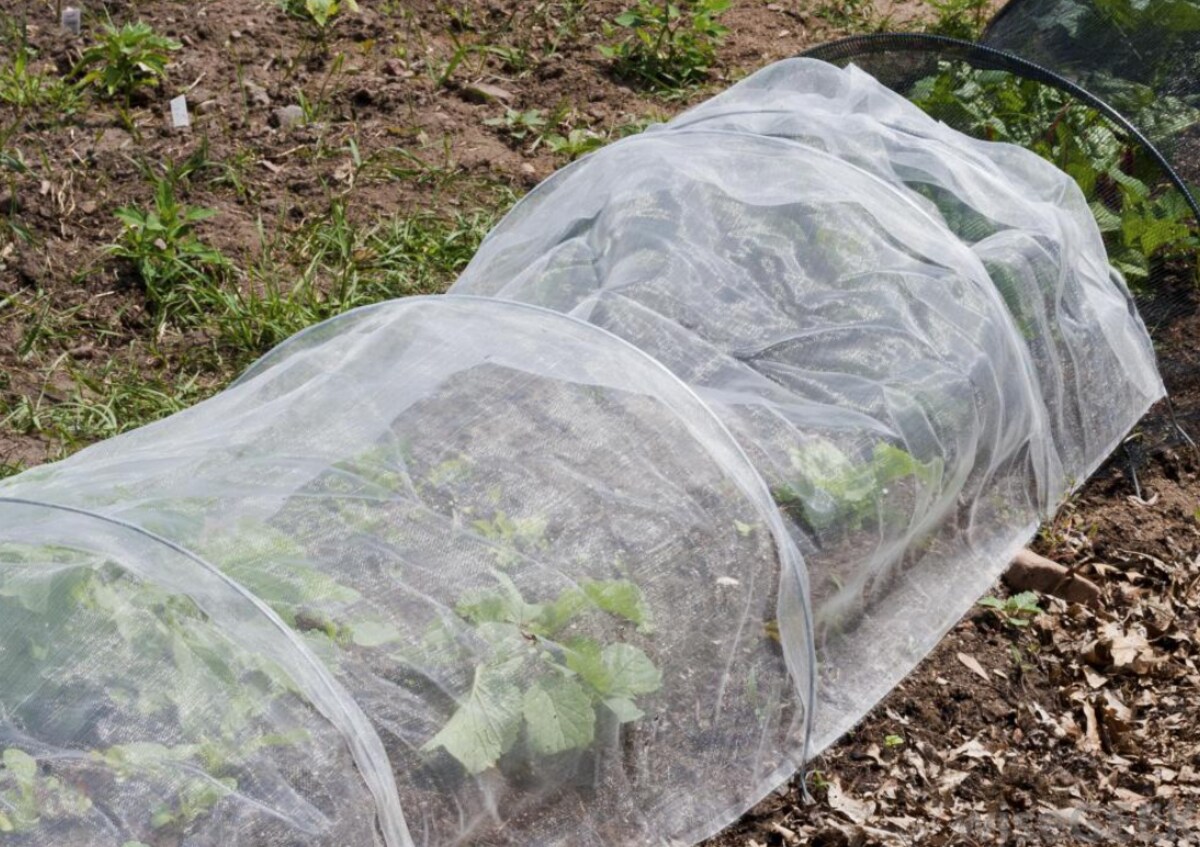
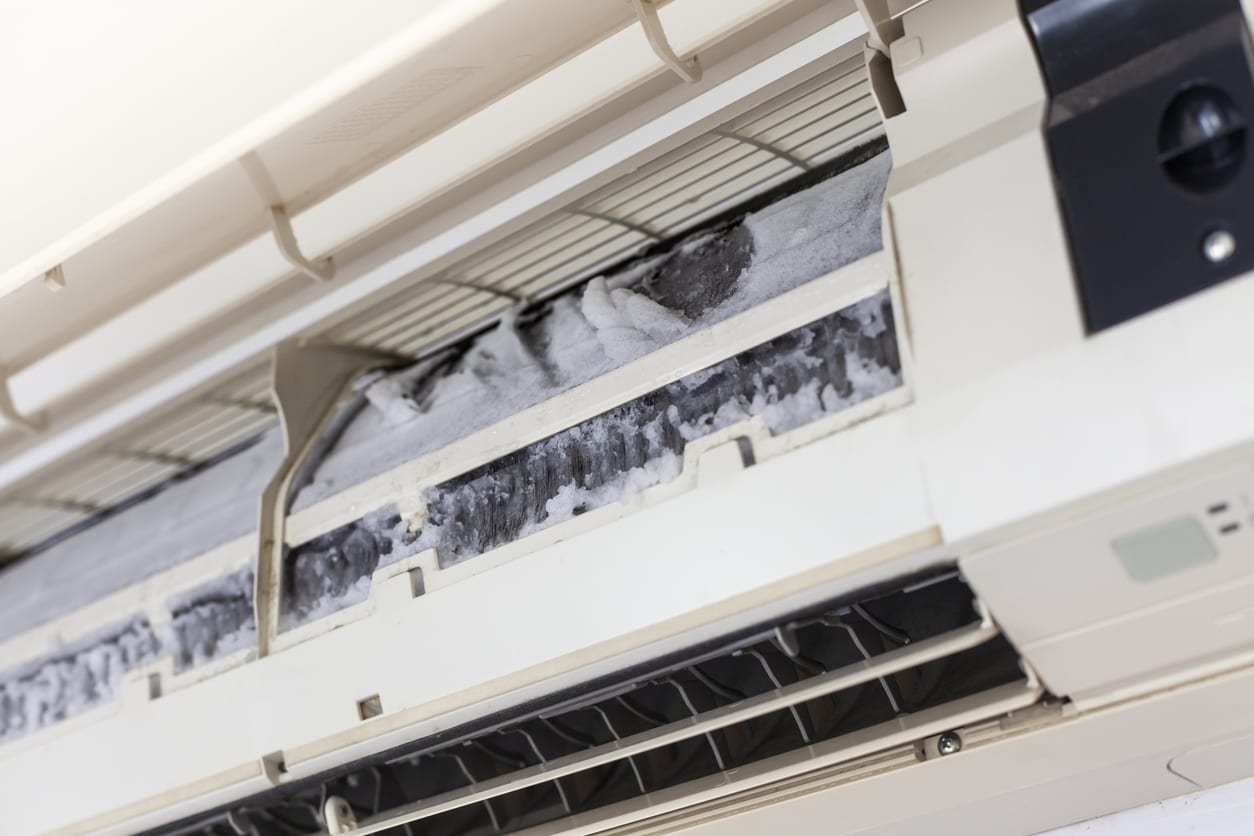

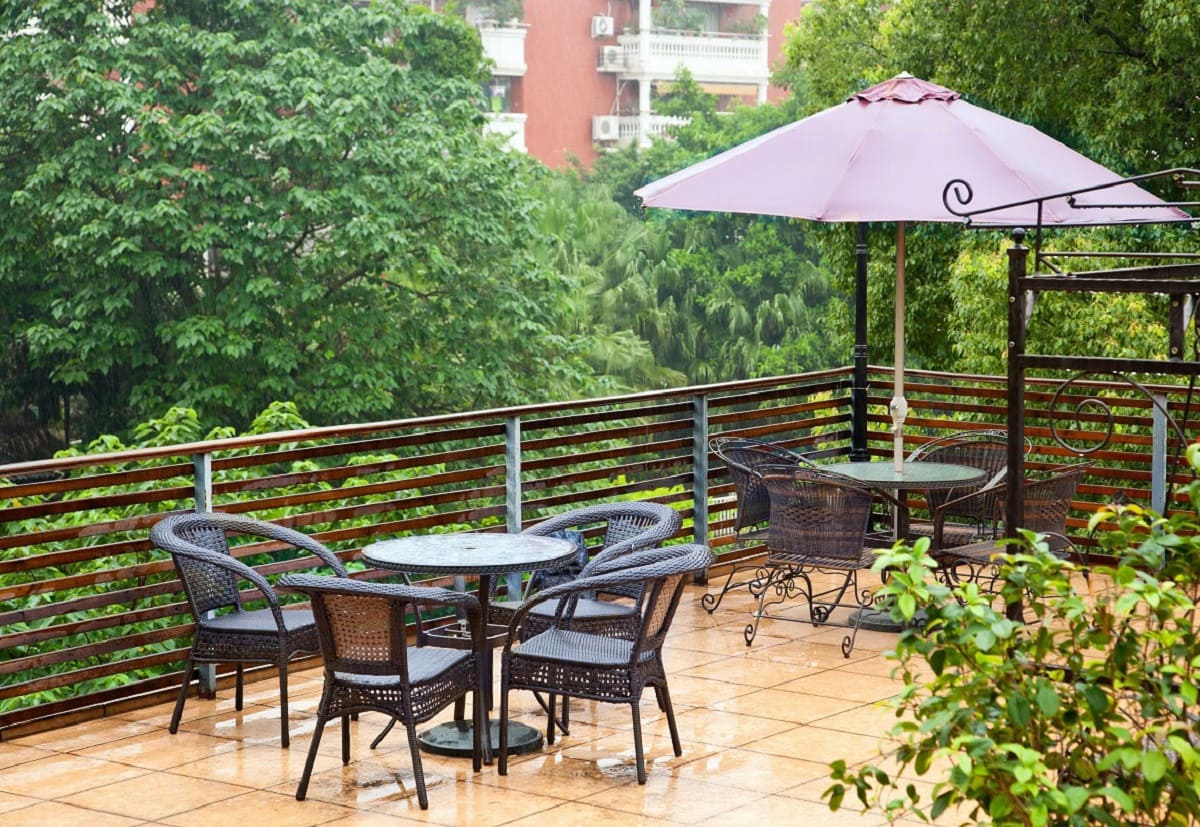

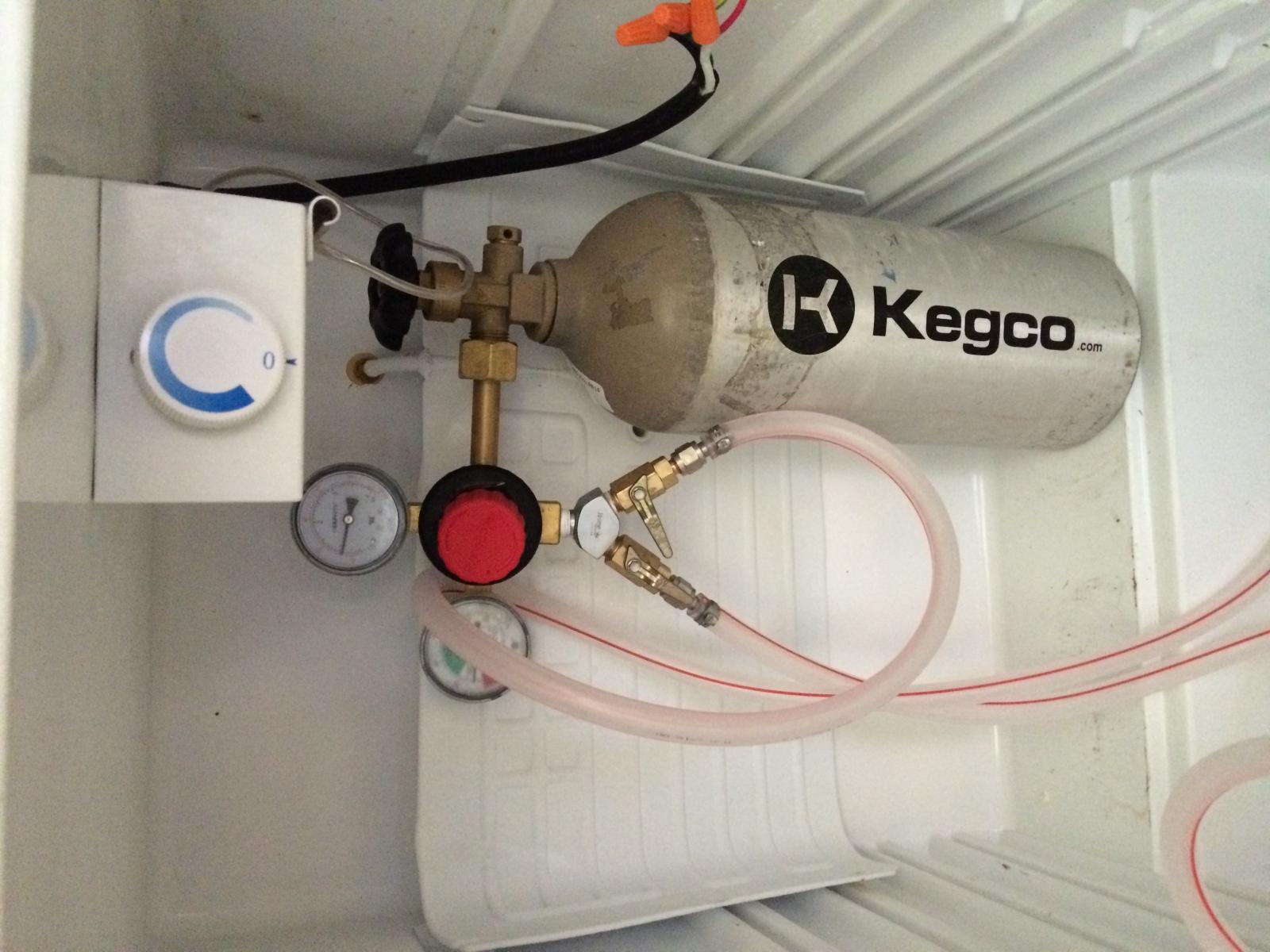
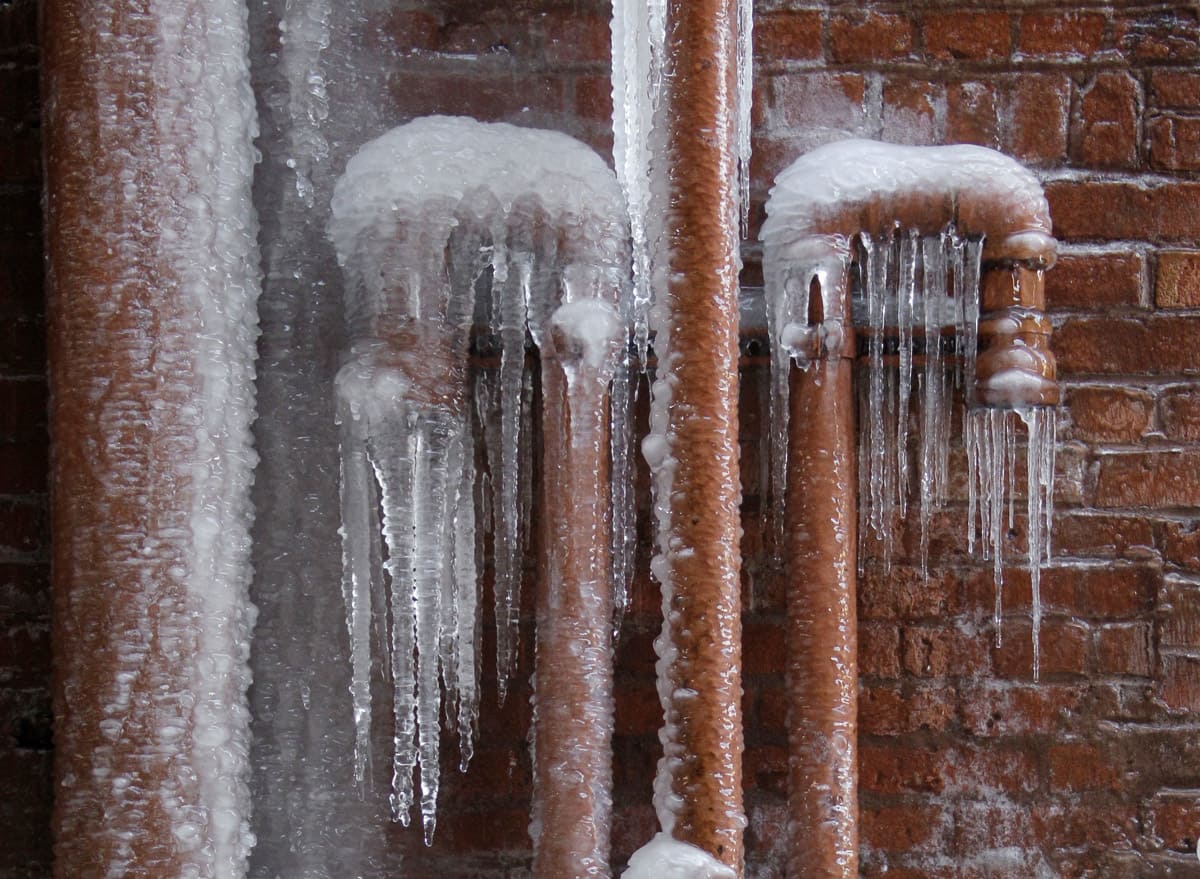
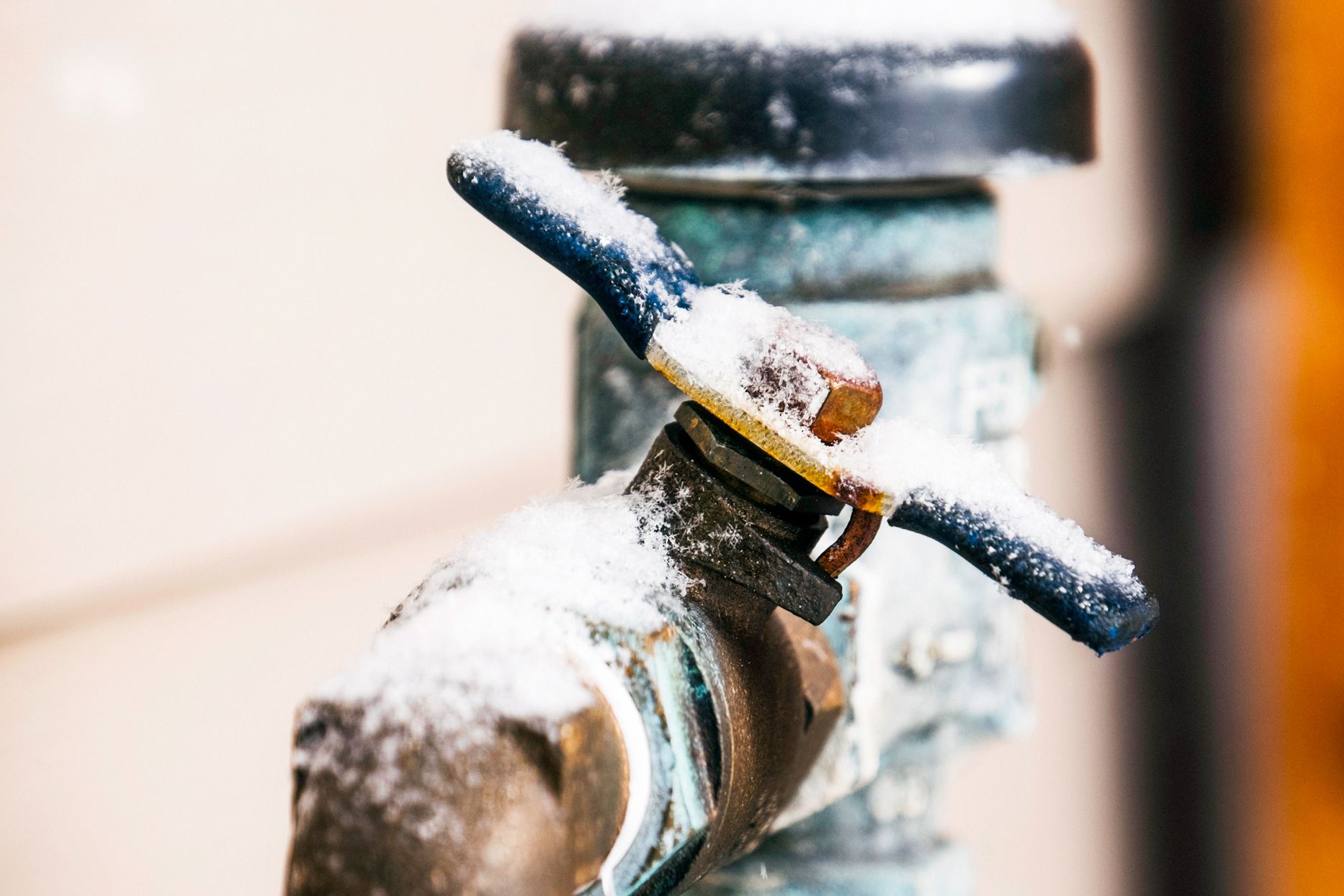
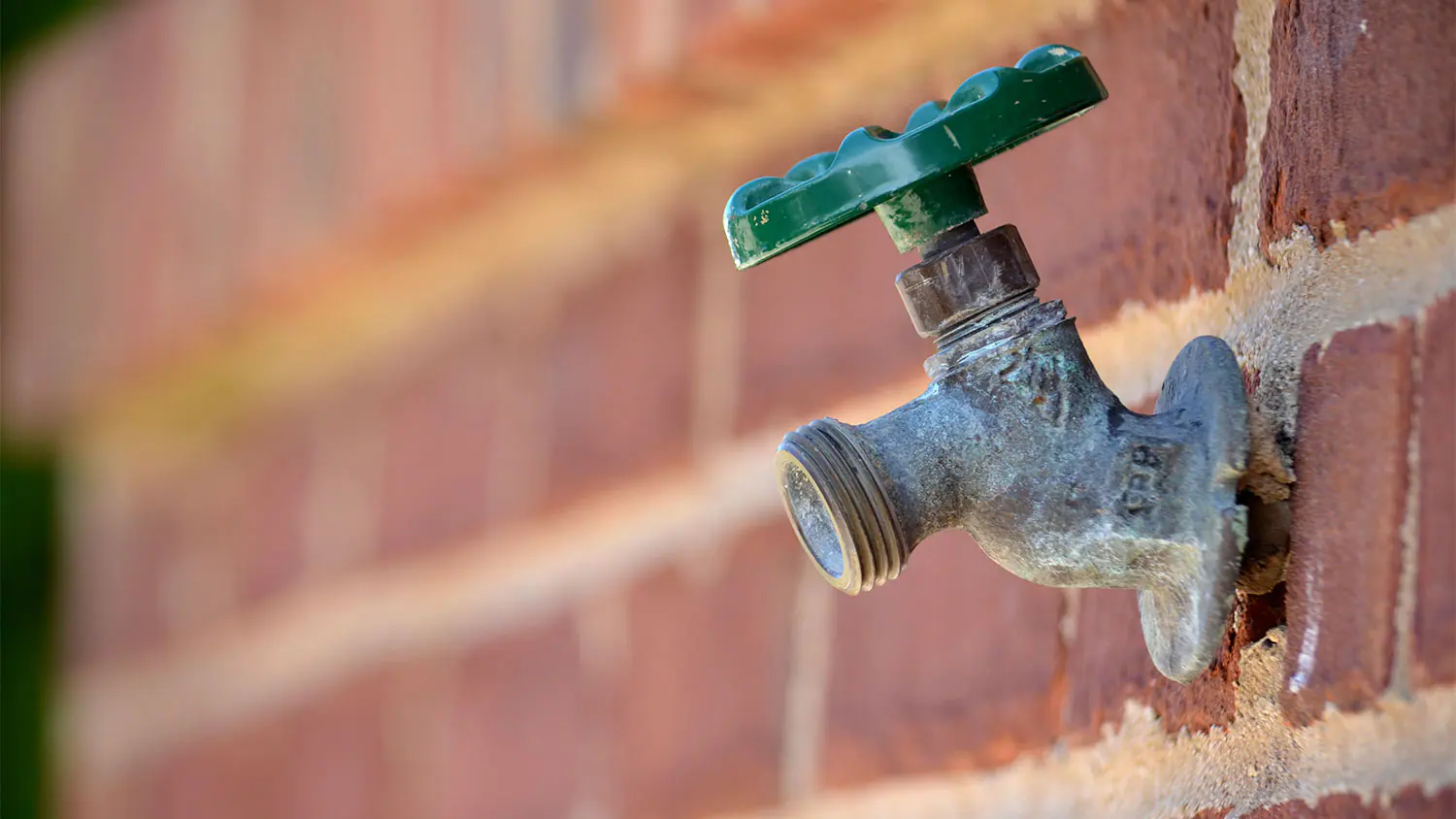
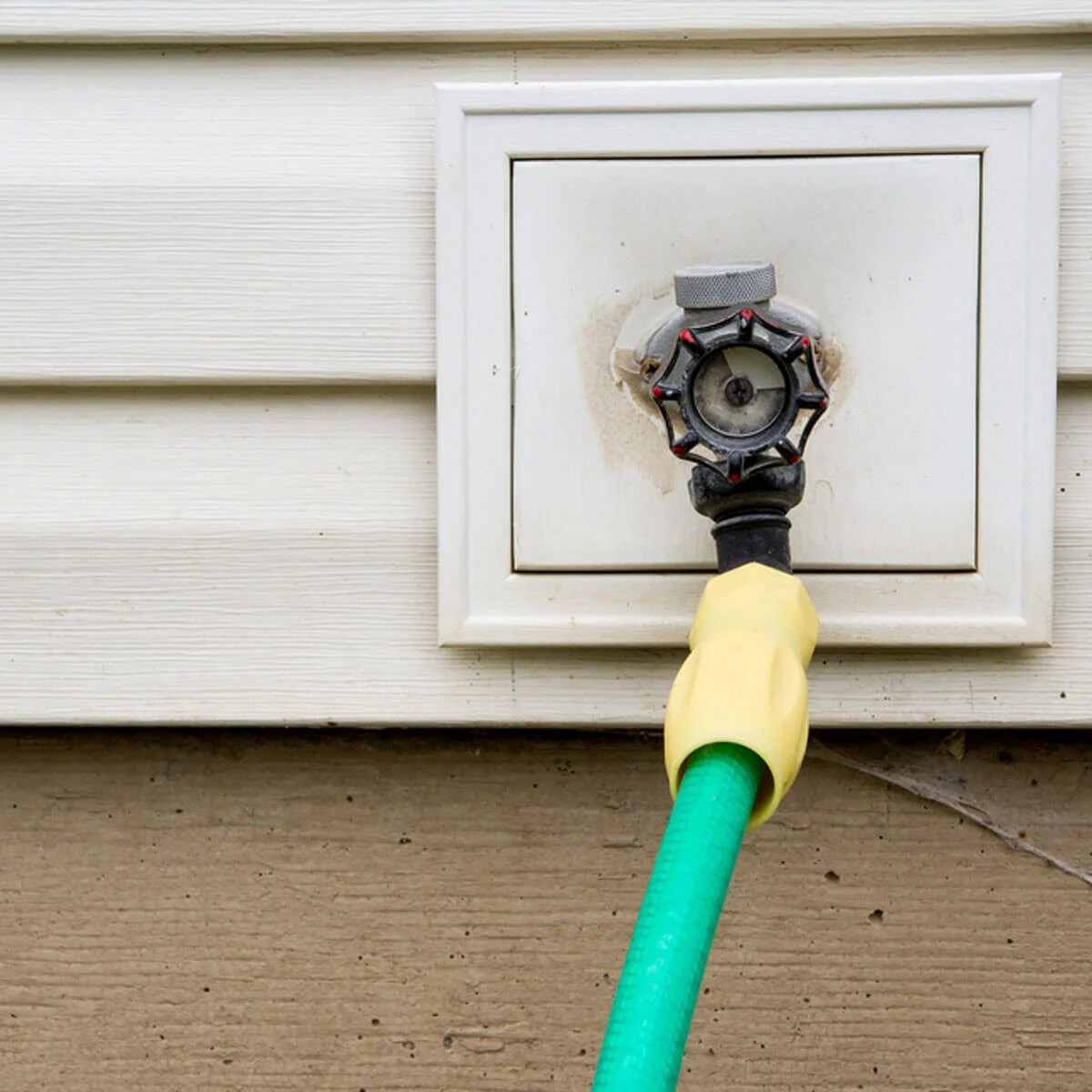
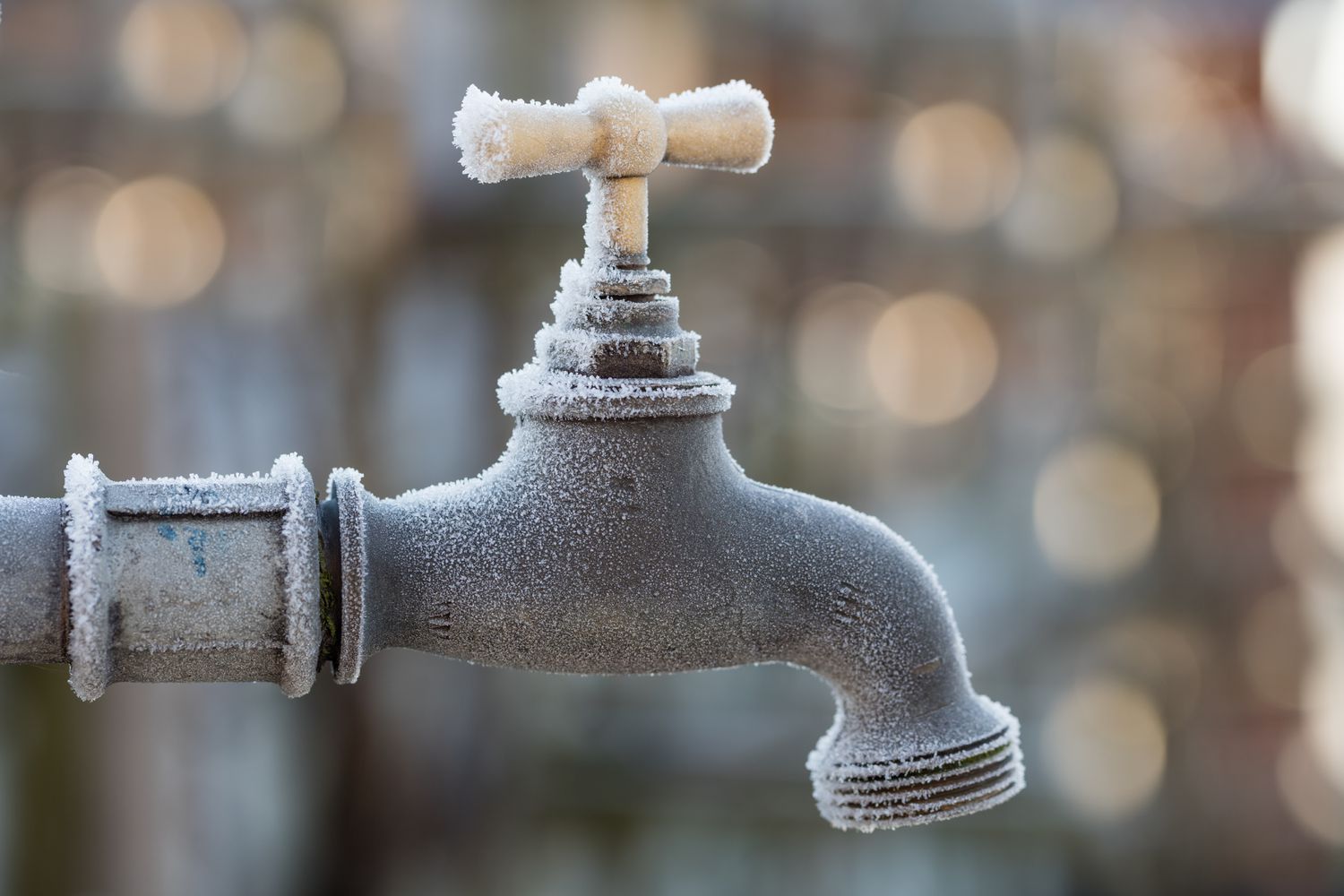

0 thoughts on “When Do Outdoor Faucets Freeze”